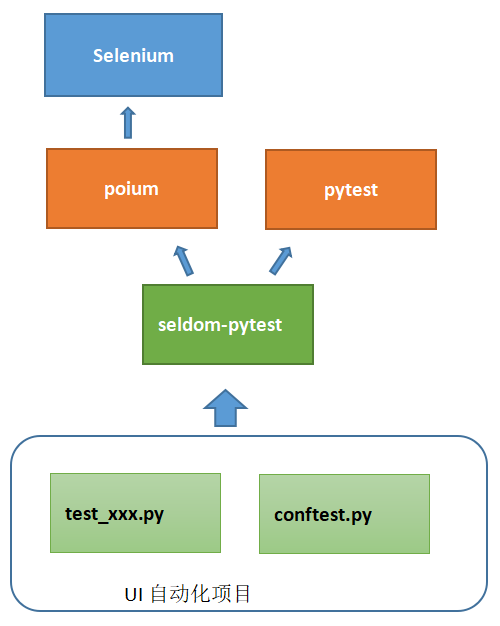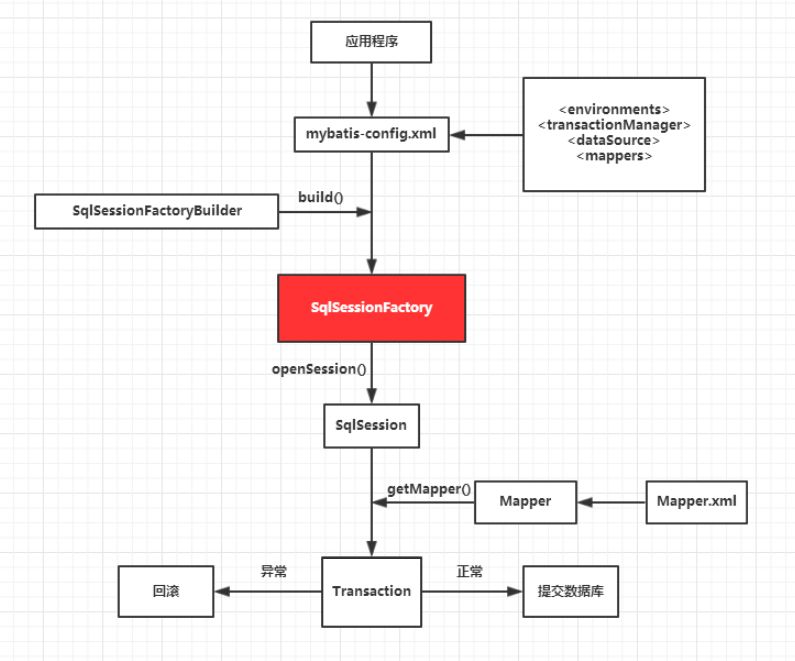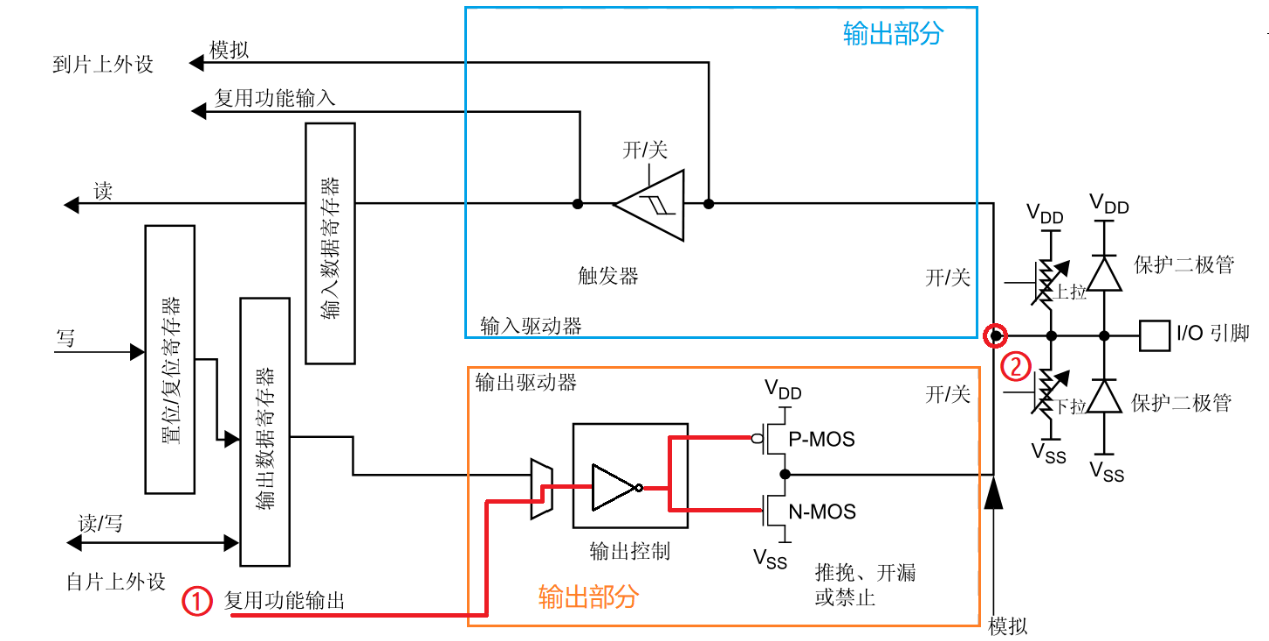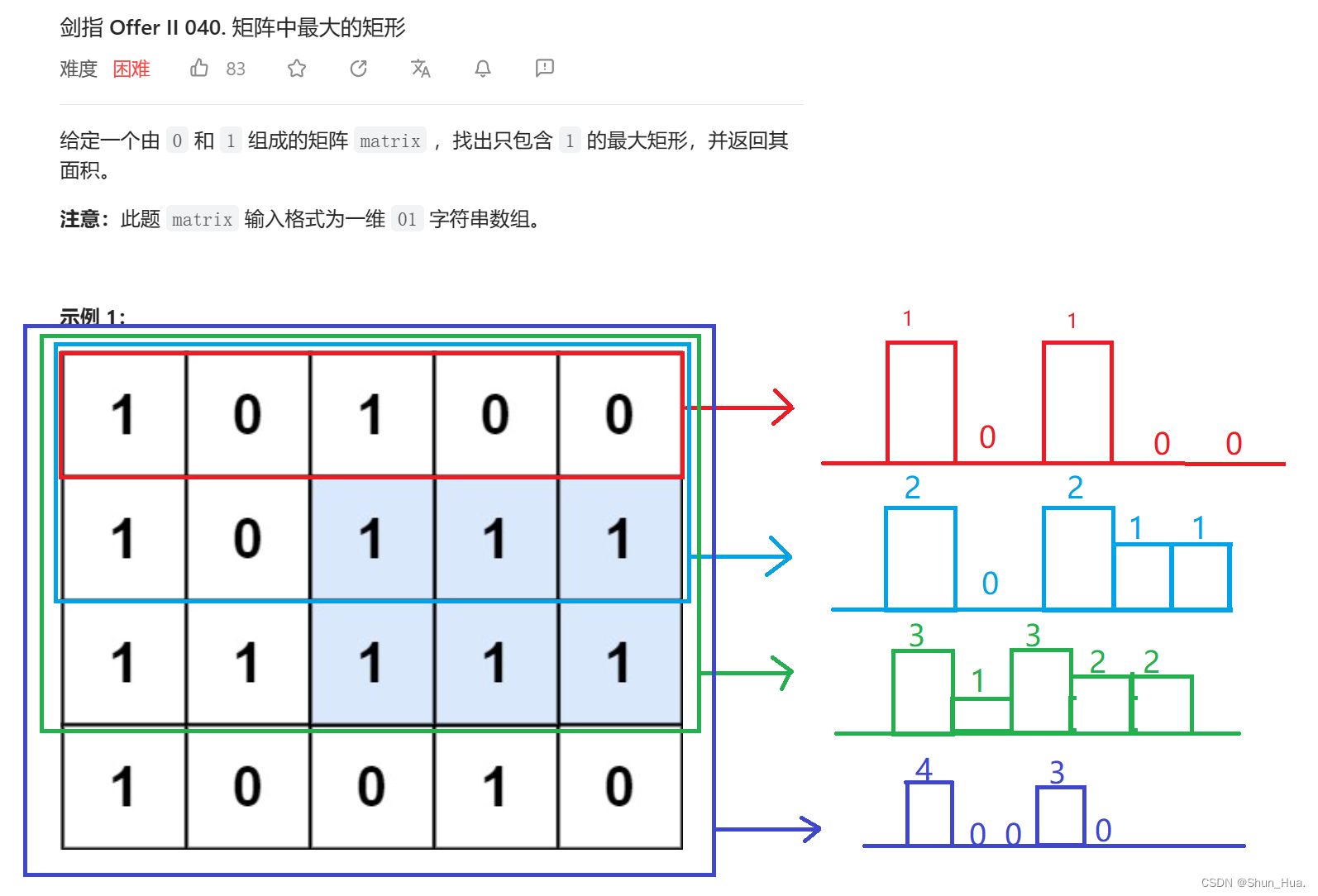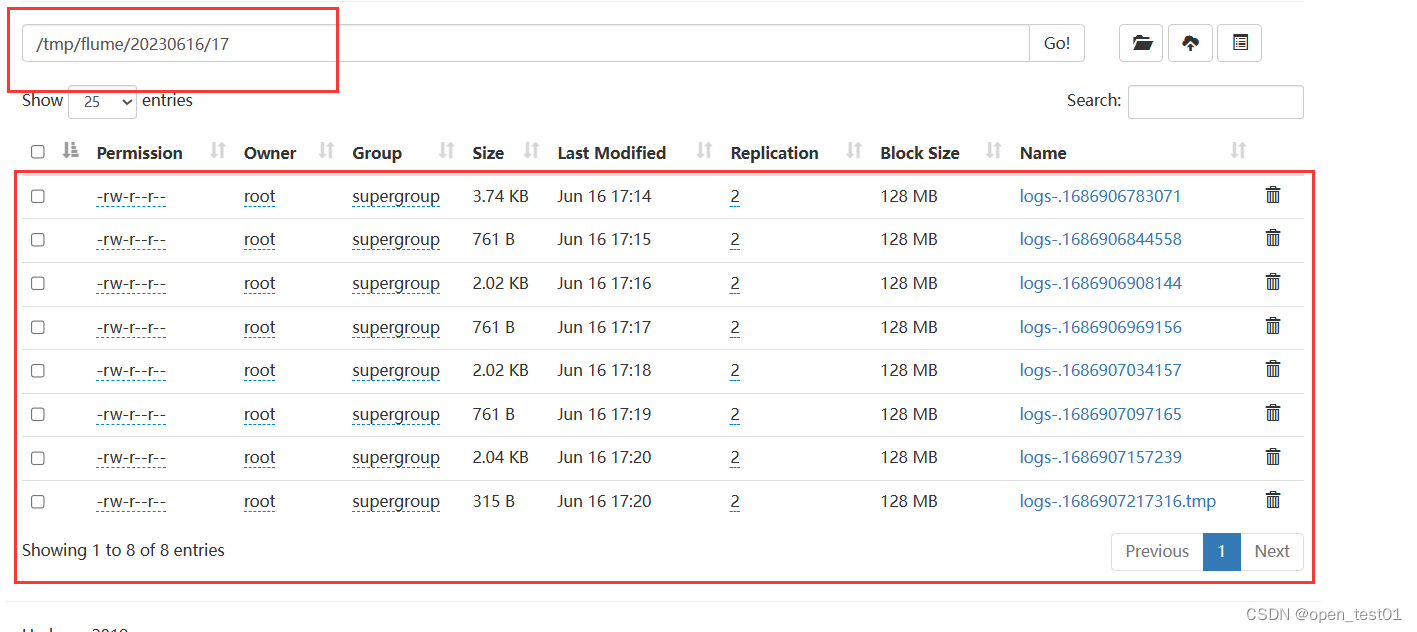首先在github下载这个工具箱:https://github.com/hrmartens/LoadDef
下载完毕,解压缩进入如下的界面,点击进入working工作文件夹。在doc文件夹里面有帮助文档和教程,有需要的可以仔细阅读。

loaddef主要的功能模块包括:
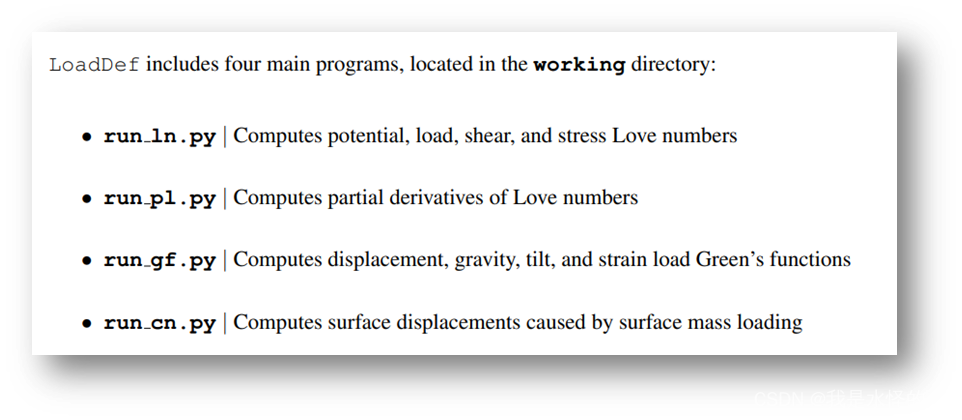
这里我主要是介绍如何使用run_ln.py脚本计算love数。在这之前需要配置运行环境,安装对应的包。打开Anaconda Prompt,在命令行输入以下的命令即可。
conda config --prepend channels conda-forge
conda config --set channel_priority strict
conda create -n LDEF python=3.7 basemap mpi4py scipy netCDF4 pyshp shapely numba jupyter pygmt
接着运行run_ln.py,稍等几分钟就可以得到对应的势love数、负荷love数等。具体可以在output/Love_Number文件夹下找到
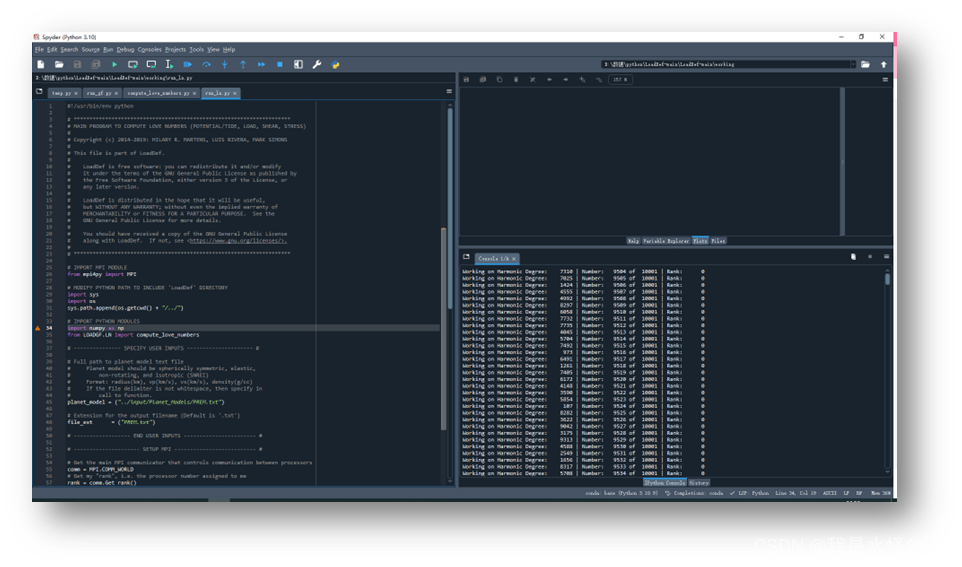
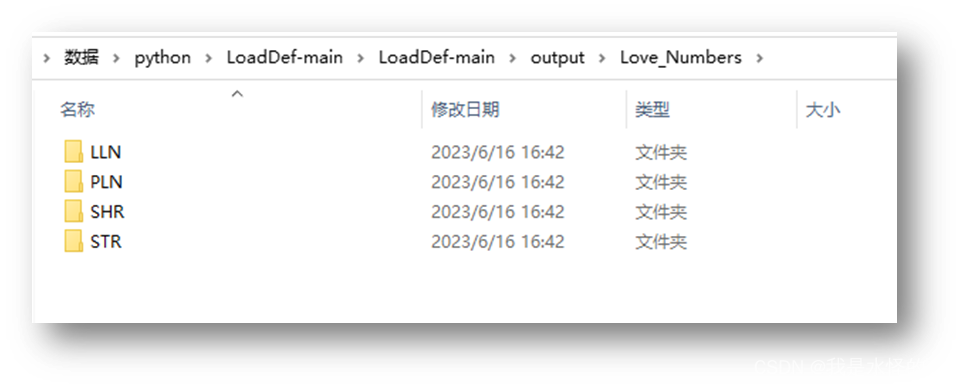
下图是计算得到的load love数。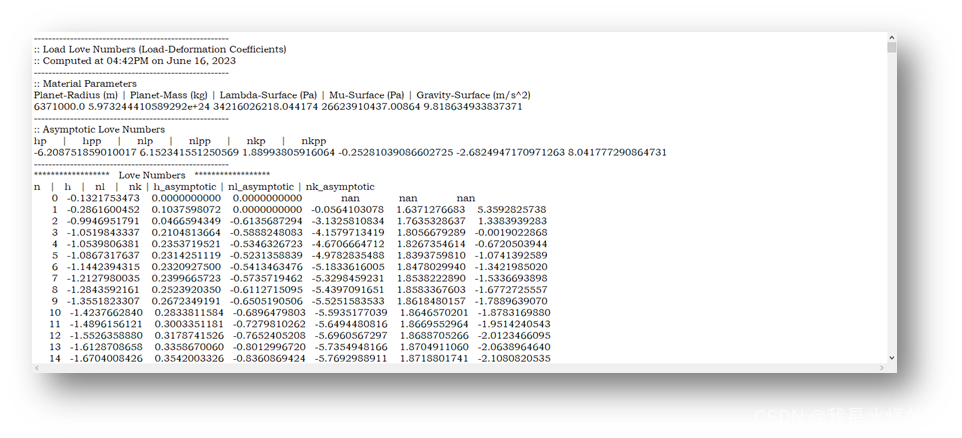
关于如何计算格林函数,以及进一步计算地表质量变化产生的负荷位移,可以分别运行working文件夹下的各个计算脚本,后续我将接着更新。
参考资料:
1. Martens, H.R., L. Rivera, and M. Simons (2019), “LoadDef: A Python-based toolkit to model elastic deformation caused by surface mass loading on spherically symmetric bodies,” Earth & Space Science, 6: 1–13, doi:10.1029/2018EA000462.
2. Martens, H.R., and M. Simons (2020), “A comparison of predicted and observed ocean tidal loading in iv Alaska,” Geophys. J. Int., 223(1): 454–470, doi:10.1093/gji/ggaa323.
3. Martens, H.R., L. Rivera, M. Simons, and T. Ito (2016), “The sensitivity of surface mass loading displacement response to perturbations in the elastic structure of the crust and mantle,” J. Geophys. Res. Solid Earth, 121: 3911–3938, doi:10.1002/2015JB012456.
4. Martens, H.R., M. Simons, S. Owen, and L. Rivera (2016), “Observations of ocean tidal load response in South America from sub-daily GPS positions,” Geophys. J. Int., 205(3): 1637–1664, doi:10.1093/gji/ggw087.



